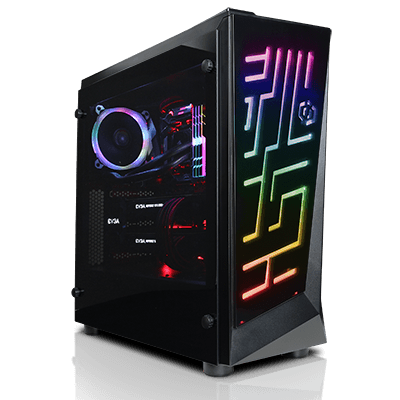Stellaris: Federations
Paradox Interactive
Stellaris debuted back in 2016 and quickly garnered a rabid fan base that regarded it as arguably the most complete 4X space game ever. However, once Paradox Interactive began rolling out DLC for the base game, people realized just how much more room the game could grow.
While Paradox’s other grand strategy games usually shipped with some pretty decent diplomacy systems already in place, Stellaris seemed a little shallow in this area. Finally, after almost four years, we have the first full-on diplomacy DLC, titled Stellaris: Federations.

Having played the latest Hearts of Iron 4 DLC, La Resistance, I’d initially hoped that Federations would include a functional espionage system since that’s one of the most interesting aspects of a strategy game for me. However, it doesn’t. With that out of the way, what it does offer are some great new additions such as the ability for players to form different types of federations and even have a hand in helping to establish a galactic senate.
These federations include Galactic Unions for those who want to play more defensively, Martial Alliances for more offensive-minded folks, Trade Leagues for free-market types, and Hegemonies for all of the space commies who pretend everyone’s equal but are actually out to quash individual rights and freedoms. Of course, each of these supranational bodies requires at least two or more stellar civilizations to form.

The new federations come with their own new UI’s, complete with tooltips, experience levels based on their cohesion, and the like. As you level up your federation, you and other members of the organization will receive various abilities and perks that can greatly enhance them.
Thankfully, just as with the Europa Universalis series, each civilization comes with a number of envoys. You can either send them off to other empires in order to improve your overall standing with them, or you can send them to federations in order to boost overall cohesion between the various members. Envoys tend to be a scarce resource (at least initially) so knowing how and when to use them can almost seem like a mini-strategy game in and of itself.
When the universe begins to get smaller and smaller, as empires grow and begin to rub space elbows with one another, a galactic senate can be formed. Once it is established, members may vote on various measures, everything from trade deals to defensive pacts, and even sanctions on particularly troublesome members. Favors are another great addition as they allow you to call on those who “owe you” in order to sway their opinions to be more in line with yours.
Perhaps one of the more exciting new additions that people have been looking to check out is the Juggernaut, a gigantic death star-like ship that can manufacture starships deep in enemy territory and can even act as a repair base for them. Another new toy is the Mega Shipyard; a humongous structure that allows you to mass-manufacture ships at an alarming rate. Although Juggernauts come with the Federations DLC, you must own the Utopia DLC to access the Mega Shipyard.

Perhaps my favorite new additions are the Origins—historical backgrounds that you may choose for your civilization and its people. Although several of these are included in the free 2.6 update, most of them can only be accessed if you own the Federations DLC. There are 18 in total so far (Paradox intends to add more) and they all add a ton of role-playing flavor possibilities for your empire.
For instance, if you choose the “On the Shoulders of Giants” Origin, you’ll soon discover that there was once a mysterious benefactor who left some ancient artifacts behind for your people to find in their home system. Why they did this is for you to find out. Others, like “Void Dwellers” is a fascinating Origin where your civilization abandoned their homeworld long ago in order to live in orbital habitats.
Overall, Stellaris: Federations is a fantastic DLC that gives players more to do besides wage war and conduct research. It beefs up the mid-to-late game considerably and fills the game with lots of political intrigue and additional diplomatic options. Hopefully, Paradox will soon begin development on a full-fledged espionage expansion since that would make the game near-perfect, at least for me.
SCORE: 86%
Paradox Interactive has some pretty good looking graphics that make its 4X gameplay truly shine. However, you want to have a pretty beefy gaming PC or gaming laptop in order to play it at a decent framerate. So, you may just want to invest in a decent gaming rig:

Visit CyberpowerPC’s website to check out all of the other great deals as well!